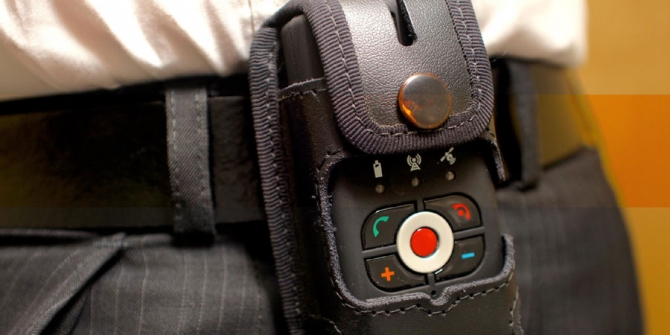Effective employee communication has been found to decrease the number of incidents and accidents that happen in the workplace. But putting the right communication measures in place is not just about rules and policies, it’s about creating a culture of safety to prevent accidents and mitigate risks whilst working alone.
Home workers, remote workers and lone workers are becoming increasingly prevalent. In fact over six million of the UK workforce are now considered ‘lone workers’. In addition, the increase of mobile technology and flexible working conditions means that more people are regularly working away from the office as part of their job. For employees, this means greater flexibility, but for businesses, it’s about making the right tools and resources available to lone workers. This not only gives employees better connectivity to the business - but also ensures that companies are committed to the protection and safety of their workforce.
This article outlines a lone worker safety communication plan for those businesses who have staff working alone in the field, at home or unsupervised.
Carry out a dynamic risk assessment
The protection of lone workers should start with a risk assessment to identify which employees that may be required to work alone, what level of risk they may be exposed to, and how those risks can be properly controlled. Another type of risk assessment is a dynamic risk assessment, which involves various scenarios to help lone workers use their personal judgment to evaluate risk and deal with situations appropriately and when they arise.
A dynamic risk assessment will also help identify what type of communication is best suited to the nature of work and how to deal with situations that may arise.
Training and instruction
Training and instruction is a crucial part of lone worker safety to help your employees understand the precautions that need to be taken whilst working alone, and deal with emergencies effectively. Training may include:
- how to deal with emergency situations
- understanding how to use Personal Protective Equipment (PPE)
- implementing correct incident reporting procedures
- first aid training
- implementing code words (e.g. for threatening situations)
Establish a predetermined two-way communication plan
It is important that regular contact between the lone worker and their supervisor is maintained, and that you provide the employee with the most appropriate communication device to make that possible. For example, using a text-in method via a mobile phone, or an app on a smartphone works well for social workers, sales reps and estate agents. Construction and factory workers may need a wearable lone worker device that provides an easy way of raising an alarm in the event of an accident. Other protection solutions can provide geographical positioning information to help locate lone workers regardless of what tasks they are doing.
A resilient emergency notification system will allow you to contact your employees whatever device or form of communication they use.
Unify communications with existing infrastructure
All too often, lone worker devices are not integrated with an organisation’s broader communications strategy and as such, the devices are as isolated as the workers. A centralised and integrated application will enable you to:
- effectively track and protect lone workers wherever they are
- automate emergency procedures efficiently
- give lone workers peace of mind that they are being supported
- know how and when to report an incident and what determine what action needs to be taken
- assess the number and severity of incidents
Recognising the importance of continual communication with your workforce is an important step to comply with health and safety regulations, but also to ensure the safety and protection of your lone workers.

